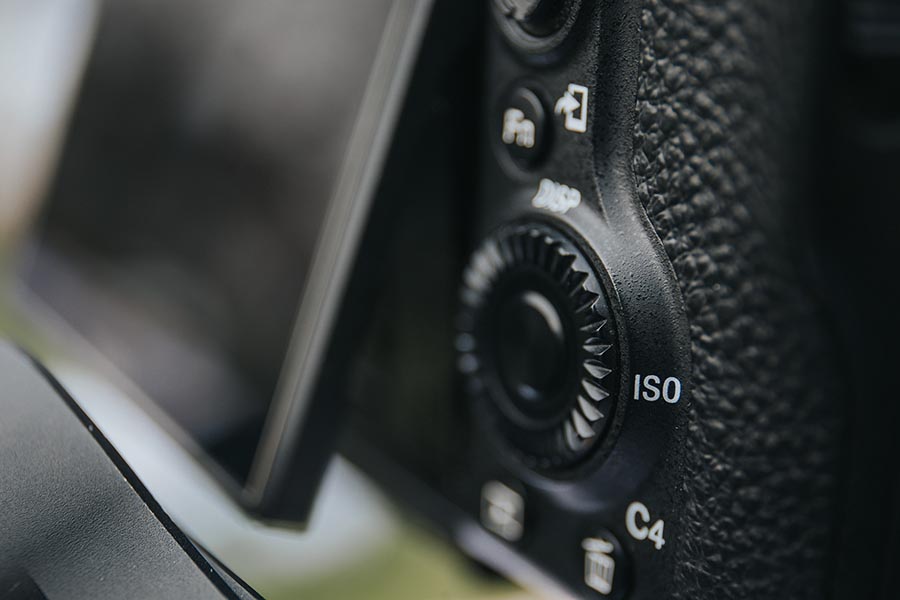Estimated reading time: 9 minutes
You might wonder what the term ISO means if you are new to photography. ISO is an important camera setting that determines the sensitivity of your camera’s sensor to light. This article will delve deeper into what ISO is, how it works, and the advantages of using it to capture stunning photographs.
What is Camera ISO?
ISO, which stands for International Organization for Standardization, measures the sensitivity of your camera’s sensor to light. It was initially used in film photography and has since been adopted by digital cameras. The ISO scale ranges from 100 to 6400; some cameras can even go up to 102400.

How Does ISO Work?
The higher the ISO setting, the more sensitive your camera’s sensor becomes to light. This means you can capture images in low light conditions without using a flash or slow shutter speed. However, the downside of using a high ISO setting is that it can introduce noise or grain to your photos, detracting from their quality.
You must use longer shutter speeds or a flash to expose your photos properly. The advantage of using a lower ISO setting is that it produces cleaner, smoother images with less noise. Conversely, using a lower ISO setting makes your camera’s sensor less sensitive to light.
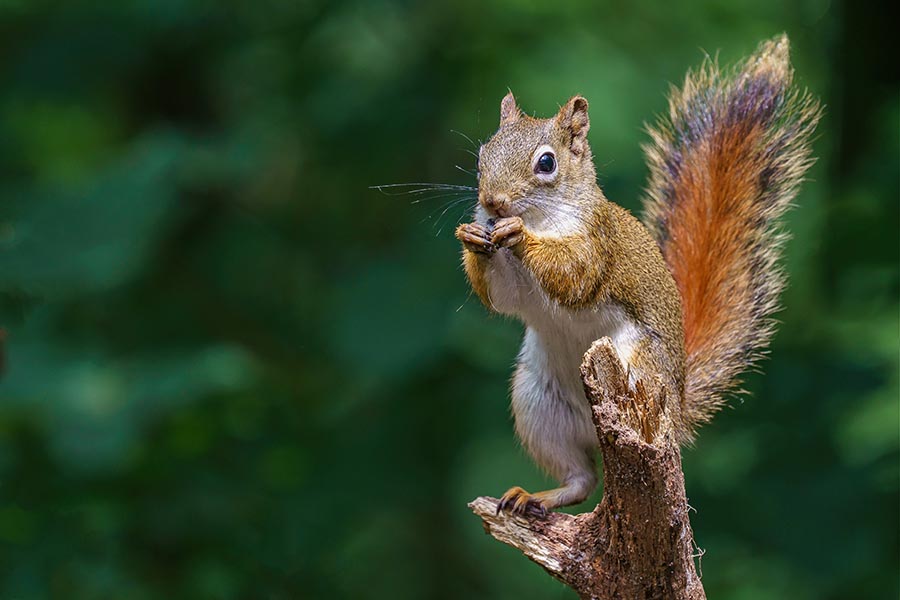
Advantages of Using ISO
Increased Versatility: Using a higher ISO setting, you can capture images in low light conditions without using a flash or tripod. This makes it easier to capture spontaneous moments and candid shots.
Creative Control
Different ISO settings can help you achieve specific creative effects. For example, a high ISO can create a grainy or vintage look, while a low ISO can create a smooth, polished image.
Reduced Motion Blur
Using a higher ISO setting can increase your camera’s shutter speed, which helps reduce motion blur in your photos. This is especially useful when photographing moving subjects like sports or wildlife.
Improved Depth of Field
By using a lower ISO setting, you can achieve a larger field depth, meaning that more of your image will be in focus. This is useful for landscape and architecture photography.
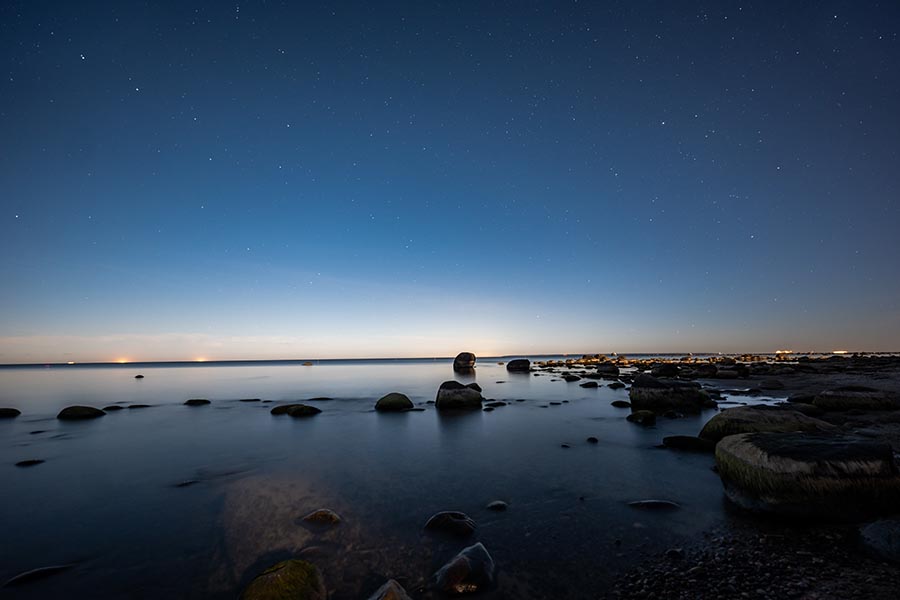
How to Use ISO Effectively
When using ISO, it is crucial to consider the lighting conditions and your desired outcome. Here are some tips for using ISO effectively:
Use a low ISO setting in bright light conditions to achieve cleaner, sharper images.
Use a high ISO setting in low light conditions to capture more light and reduce motion blur.
Experiment with different ISO settings to achieve specific creative effects.
Avoid using extremely high ISO settings, as they can produce excessively noisy images. Experiment with different ISO settings to achieve specific creative effects.
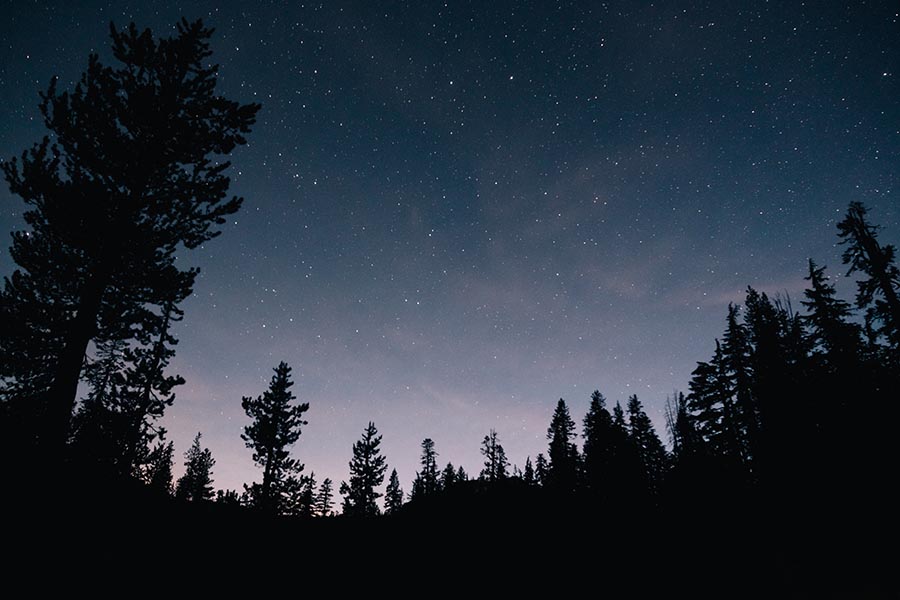
Using High ISO for Creative Effect in Photography
High ISO values allow the camera to capture more light, which can be helpful in certain situations. Here are some scenarios when it’s appropriate to use high ISO:
Low light Conditions
High ISO is often used when shooting in low light conditions, such as indoors or at night. In these situations, the available light is limited, and using a high ISO value can help the camera capture more light and produce a brighter image.
Fast Shutter Speeds
When limited light is available, a fast shutter speed may be necessary to freeze motion. In such cases, you can increase the ISO to allow the camera to capture more light, enabling you to use a faster shutter speed.
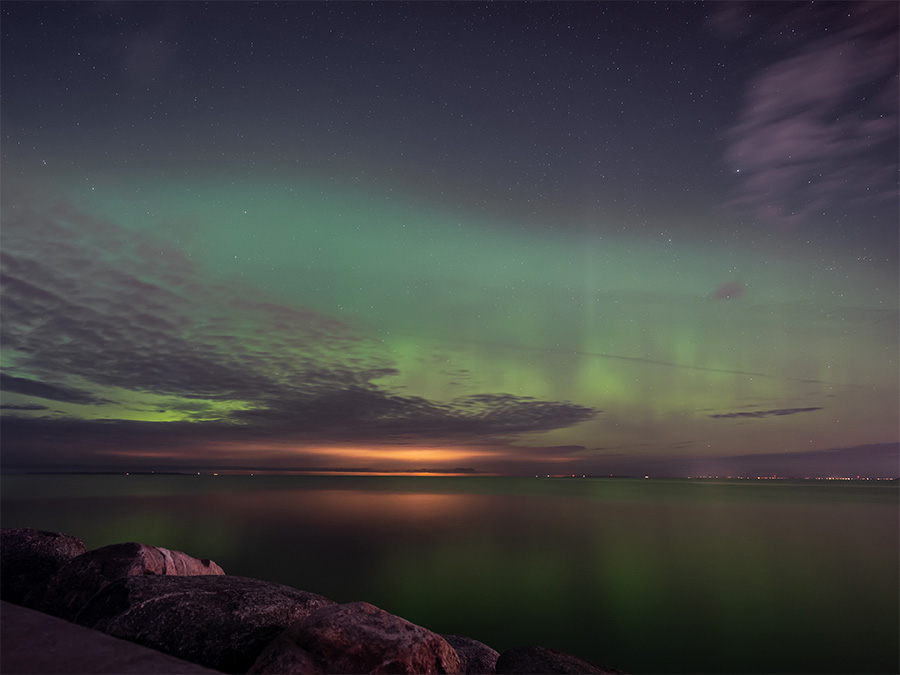
Smaller Aperture
When shooting in bright daylight or with a flash, you may need to use a smaller aperture to reduce the amount of light entering the camera. However, this can make the image darker, and increasing the ISO can help compensate for this light loss.
Grainy Aesthetic
In some cases, photographers may want to intentionally use a high ISO to create a grainy or gritty aesthetic in their photos. This can be especially effective when shooting black-and-white images or when trying to make a vintage or retro look.
However, it’s important to remember that using a high ISO can also introduce noise or grain into your images, resulting in reduced image quality. Therefore, it’s important to balance using a high ISO to capture enough light and avoid excessive noise in your photos. It would help to consider using a tripod or other stabilizing equipment to minimize camera shake, which can exacerbate the noise issue.
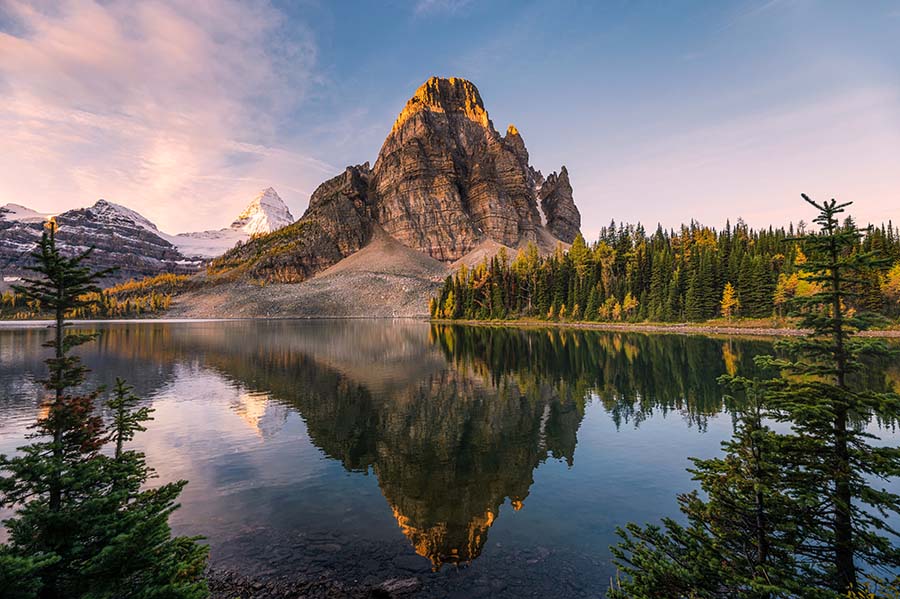
How Low ISO Can Improve Your Photography
Low ISO values are typically used when plenty of light is available and the photographer wants to capture sharp and noise-free images. Here are some scenarios when it’s appropriate to use low ISO:
Bright Light Conditions
A low ISO value can help prevent overexposure and maintain the image’s sharpness and detail when shooting in bright daylight or with a flash. The camera sensor will require less sensitivity to light than it would in low-light conditions.
Landscape Photography
In landscape photography, the goal is often to capture a wide depth of field and sharp, detailed images. A low ISO value combined with a smaller aperture and a tripod can help achieve this result. A smaller aperture reduces the amount of light entering the camera, which can be compensated for by using a low ISO value. This results in a sharper image with more detail.
Studio Photography
Studio photography usually involves controlled lighting, and photographers can use a low ISO value to maintain image quality and reduce noise. The use of studio strobe lights or continuous lights can provide ample light to achieve proper exposure, making it unnecessary to use high ISO values.
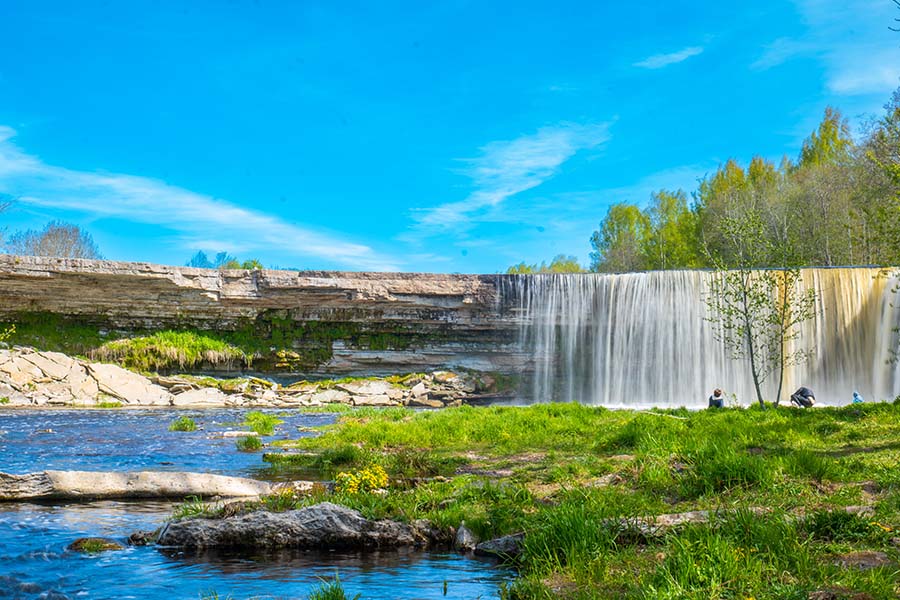
Long Exposures
When taking long exposures, a low ISO value can prevent overexposure and keep the image sharp. This is because longer exposure times allow more light to enter the camera, so a low ISO value will help prevent the image from being overexposed.
In summary, low ISO values are ideal for situations with plenty of available light, where the goal is to achieve a sharp and noise-free image. However, it’s important to remember that using a low ISO value may require using a tripod or other stabilizing equipment. Longer exposure times are often necessary to compensate for the lower sensitivity to light.
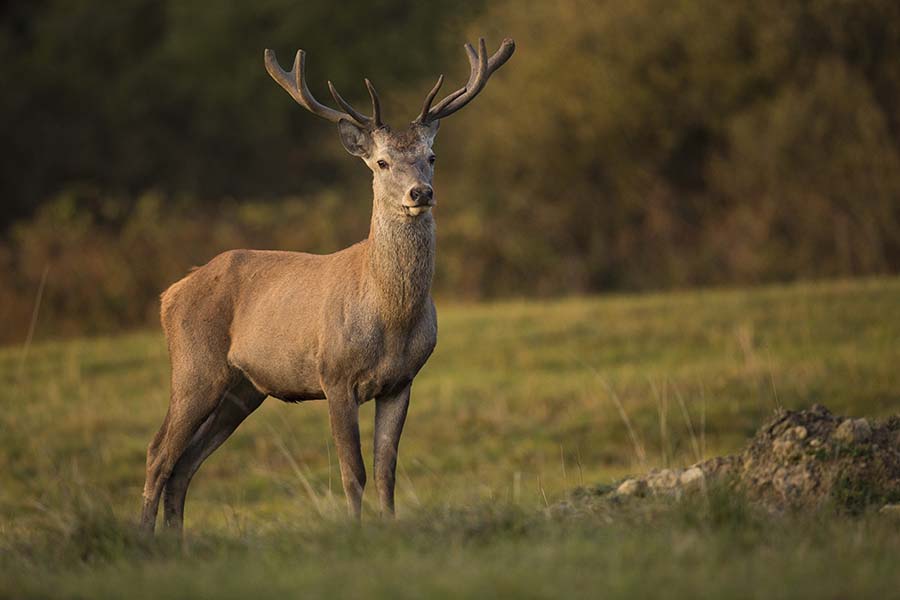
Choosing the Right Camera ISO Setting
Low and high ISO values are used in different situations and can significantly impact the final image. Here’s a comparison of low vs. high ISO and when to use each one:
Low ISO:
Low ISO values are typically used when there is plenty of available light, and the goal is to achieve a sharp and noise-free image. Some advantages of using low ISO values include the following:
- Reduced Noise: Low ISO values produce less noise or grain in images, resulting in a cleaner, smoother look.
- Sharper Images: Lower ISO values allow the camera to capture more detail, resulting in sharper images.
- Better Color Reproduction: Low ISO values produce more accurate and natural-looking colors.
High ISO:
Photographers typically use high ISO values in low light conditions when there is insufficient light to capture a well-exposed image. Some advantages of using high ISO values include the following:
- Increased Sensitivity to Light: High ISO values allow the camera to capture more light, resulting in brighter images.
- Faster Shutter Speeds: High ISO values allow for faster shutter speeds, which can help freeze motion and reduce the risk of camera shaking.
- Creative Effects: Using high ISO values can create a grainy or gritty aesthetic in images, which photographers can utilize to create a particular mood or effect.
Understanding when to use low and high ISO values can help you achieve the best results in your photography. The choice between low and high ISO values depends on the lighting conditions and the desired outcome. It’s vital to balance capturing enough light and avoiding excessive noise or grain in images.
FAQs
It depends on the lighting conditions. A low ISO setting of 100-200 is usually ideal in bright sunlight. In cloudy or overcast conditions, you may need to increase the ISO to 400-800.
No, a high ISO setting will not damage your camera. However, it can produce excessively noisy images, so it’s important to use it carefully.
Capturing stunning video footage often requires precise control over camera settings such as ISO, shutter speed, and aperture. While many cameras allow for adjustments to be made to these settings in real-time, some models may not be able to change ISO while recording video. It’s essential to consult your camera’s manual or seek guidance from an experienced videographer to determine the capabilities of your camera and how to make the necessary adjustments to achieve the desired results. With the proper techniques and tools, you can upgrade your video content to the next level and create exceptional works of art that captivate your audience.
You can reduce noise in your photos by using noise reduction software in post-processing or by, using a lower ISO setting and increasing the exposure time or using a flash.
No, not all cameras are capable of high ISO settings. Some entry-level or older cameras may have limited ISO ranges, while newer and more advanced cameras can go up to extremely high ISO settings.


